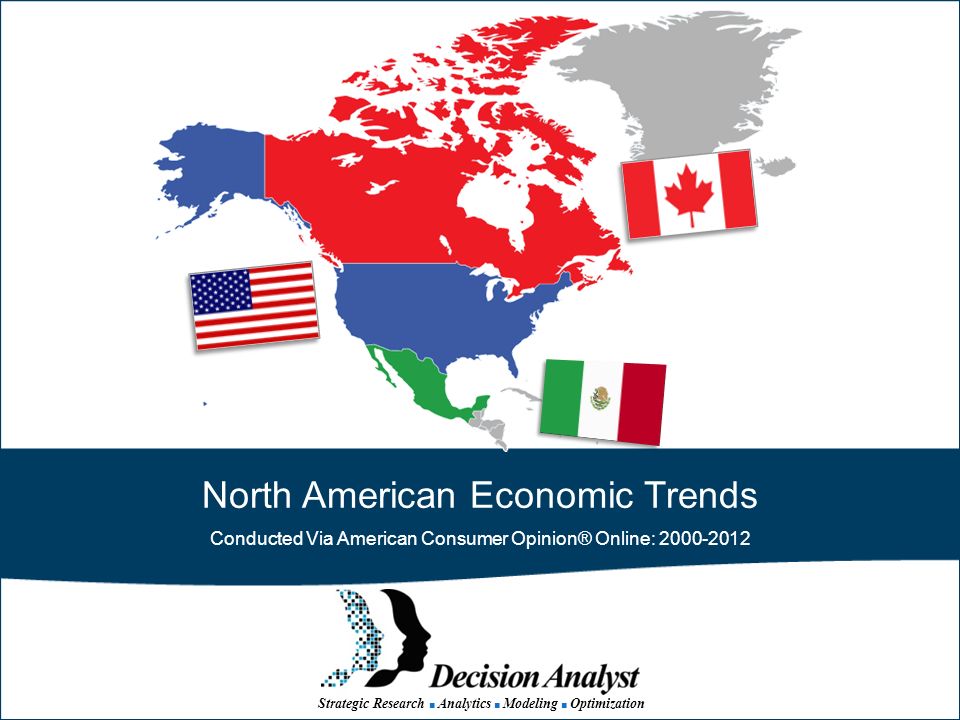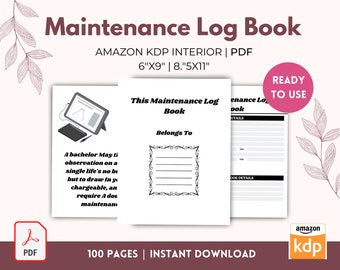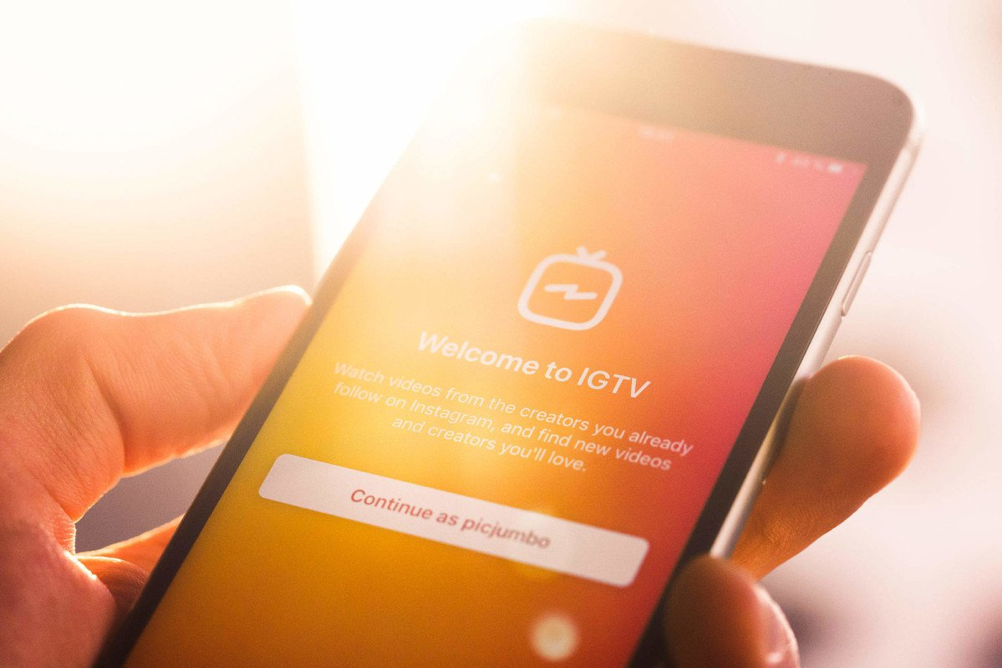
Facebook offers an array of ad formats which allow advertisers to present their products in different ways. There's an ad format to suit every business, from text ads to visual imagery. You can also boost an ad post or ad group and showcase up to 10 products. You can also choose from a range of ad types. You can choose the right method for you business based on your goals.
Facebook ads offer flexibility which is one advantage. You can choose to target specific demographics. These groups can then be used to tailor your ads according to their needs. This is useful for both small businesses with just a few contacts and larger enterprises with millions. It allows you to target based on geography, gender, age, and even social activity. Facebook is completely cost-free and doesn't require an upfront investment.

Facebook's best feature is its ease of use. Links on posts are easy to add and you can even use full-width thumbnails to boost your conversion rates. Link to articles, blog posts and other pages from your business website page. This opportunity can be used to promote your products and services, as well as engage your customers. It's worth the effort. You will see a rise in traffic to your website.
Facebook advertising offers another benefit: the ability to remarket previously visited users. It's possible to use remarketing to target people who visited your website previously. Cookies and session tracking can be used to increase your conversion rate and improve ROAS. Facebook is an excellent platform for marketers looking to get more leads.
Facebook's audience targeting tools prove to be particularly useful. Combining organic and paid advertising strategies can help you ensure that your message is reaching the right audience. Facebook can suggest products similar to yours if you have an audience that is interested in your product. It can increase your website’s rank in search engines. You can then see which products have been more successful for you business. Targeting young audiences is important if you want to reach them with ads that reflect their lifestyle and interests.

Facebook has over 2.89 billion active monthly users. This makes it a great platform to market to large audiences. It allows people to exchange information and create connections. A Facebook group, for example, can be used to allow members to trade money and items. Marketers will find the pixel a great way to automate their campaigns. It also provides many options.
FAQ
Why is content marketing important?
According to HubSpot, "The average person spends nearly two hours each day consuming some form of content--on social media, in their newsfeeds, while watching TV, reading magazines, browsing websites, listening to podcasts, and more. That's a lot of time spent with content!"
Can I do my content marketing by myself or with a team?
The answer to this question depends on your budget, skill set, and experience. If you don't have the resources available to hire someone to take care of the day-to-day content creation, distribution, and optimization tasks, you will need to learn how to do it yourself.
If you genuinely want to be successful with content marketing, you shouldn't try to do it without some support structure.
A good content strategist or agency can save you time and money while helping you get results faster.
You will not succeed if you aren't willing to work hard, provide high-quality content every day and stay on top of the changing trends. A solid content strategy is crucial.
What is Content Marketing?
Absolutely! Absolutely! Content marketing works for every type of business. Whether you sell products or services, provide support, or offer training, creating content is a great way for customers to learn about your company and stay connected.
What is strategic copy marketing?
Content marketing is the art of creating content that people can share across different channels. It's all about giving people exactly what they want. The best companies are those that get this.
Strategic Content Marketing will ensure that you provide them with exactly what they require at the right moment.
You have to know what people care about and listen carefully to find out how they think. Next, you need to create high-quality content which answers their questions or solves their problems. This builds trust and loyalty and ensures you are top of mind when they need your product or service.
Statistics
- In fact, would pay more for a better customer experience, and 86% of B2B buyers would pay more. (neilpatel.com)
- According to research compiled by Coschedule: Companies that publish 16+ blog posts a month get as much as 3.5x as much traffic as those that publish 0-4 posts a month. (criteo.com)
- An example of an overarching goal could be: "In 2022, we want to achieve a 20% increase in revenue created by organic content and generate 15,000 MQLs with a budget of $30,000." (semrush.com)
- Measure your goals with a progress indicator of 0-100%. Make your goals collaborative and transparent (semrush.com)
- According to our research, brand awareness, attracting traffic, and generating leads remain the key content marketing goals in 2022. (semrush.com)
- According to our research, 65% of companies with very successful content marketing in 2021 ran content audits at least twice a year. (semrush.com)
- To further show the importance of this, 89% of people have stopped doing business with a company because of a poor experience. (neilpatel.com)
- Progress indicators (0–100%) allow each team member to see how attainable each goal is and understand what remains to be accomplished. (semrush.com)
External Links
How To
Infographic Design Tips for Content Marketing
Infographics are an effective way to explain complicated concepts clearly and make information understandable. Use infographics as a tool to promote your content marketing message.
You'll need design software such as Adobe Illustrator or Photoshop to create an infographic. These programs can be used to create different shapes and elements that represent your data. Then, you can add colors and fonts to make it look great. Once your design has been created, you can start uploading images from Unsplash/Pixabay to incorporate into it.
Looking at other infographics online can help you get ideas. A picture of a food Pyramid could be used to show how many calories each food has. You could also look at the sugar content of soda pop, and then take a photo of a Coke bottle.
Once you've designed your infographic, you can share it through social media channels like Facebook and Twitter. This makes it easy for people unfamiliar with the concept to learn. You can include hashtags in your infographic if you want to share it on social media. Hashtags enable users to follow along in conversations related to specific topics.
If you decide to create an infographic, try making your posts shorter than usual. An average blog post is between 2000 and 5000 words, while an infographic takes 500 to 1000 words. This means you can easily convey more information with less space.
Make sure you consider that your infographic will be difficult to read by some viewers. Use large fonts, but don't overuse color in your infographics. Make sure all text is legible.
Here are some other tips.
-
Use an infographic template. Many templates are available in both printable and online formats. Canva, Piktochart or Google Slides are three of the most well-known templates.
-
Create your Infographic. Use the template to create your infographic. Any media you choose is acceptable for your audience. If you want to create an infographic on the best places for food in Seattle, for example, you might use photos from local restaurants.
-
Add Text. Add text once your infographic is created.
-
Add Images. Add images to your infographic. These images can include charts, graphs and icons. You should make sure that the picture you upload is related to your topic.
-
Make It Interactive. Interactive elements like buttons, maps and links can be added to your website. This will make it easier for your audience to interact with you.
-
Share. When you're done, share your infographic on social media sites like Facebook, Twitter, LinkedIn, Pinterest, and Instagram.
-
Measure. Your infographic's performance. Did people click through to your website? Did they sign up for your email list? What was their reaction when you showed them your infographic
-
Improve. Are there ways you could improve your infographic? Do you think your infographic could be better?
-
Repeat. Do this again!